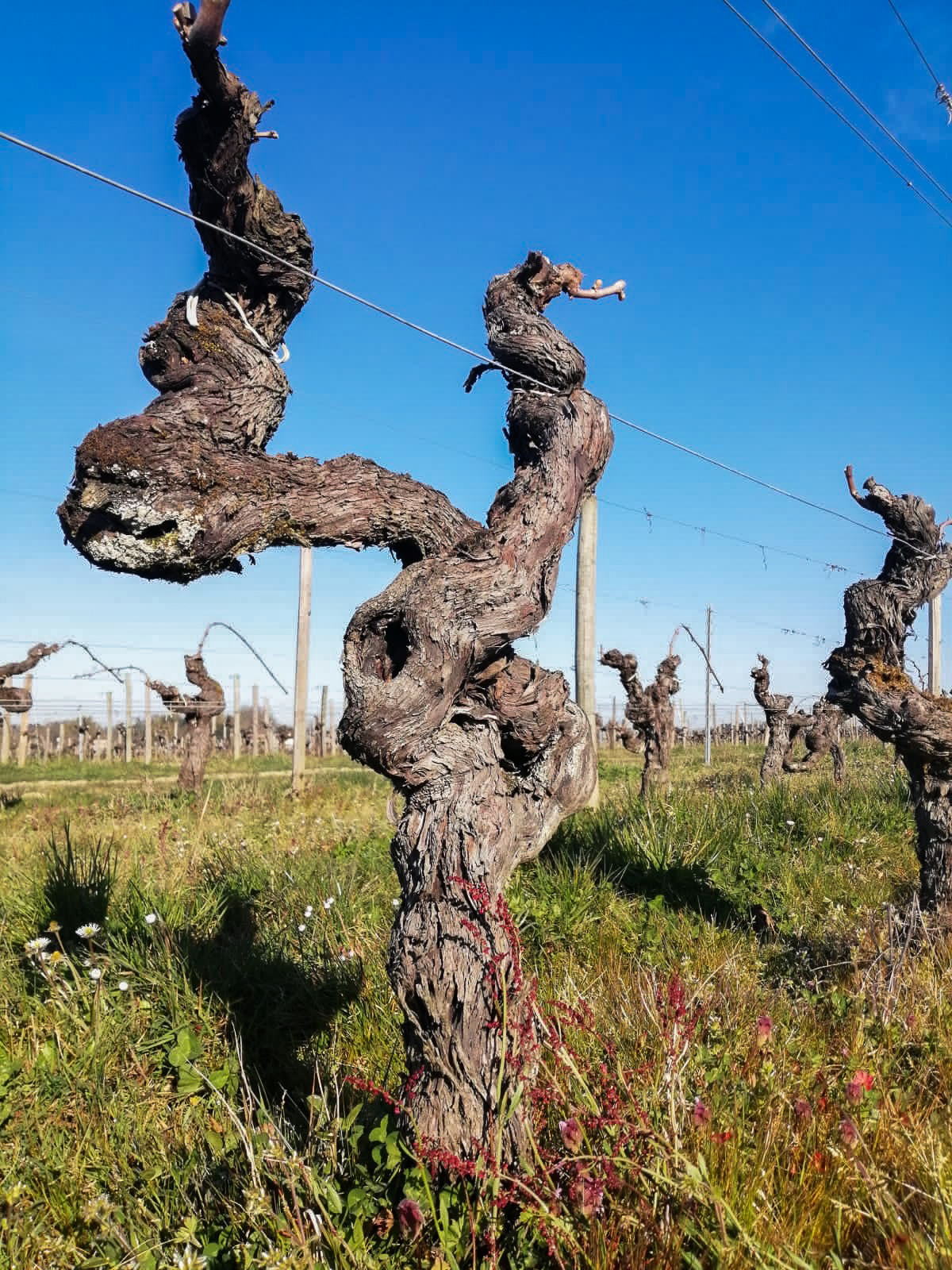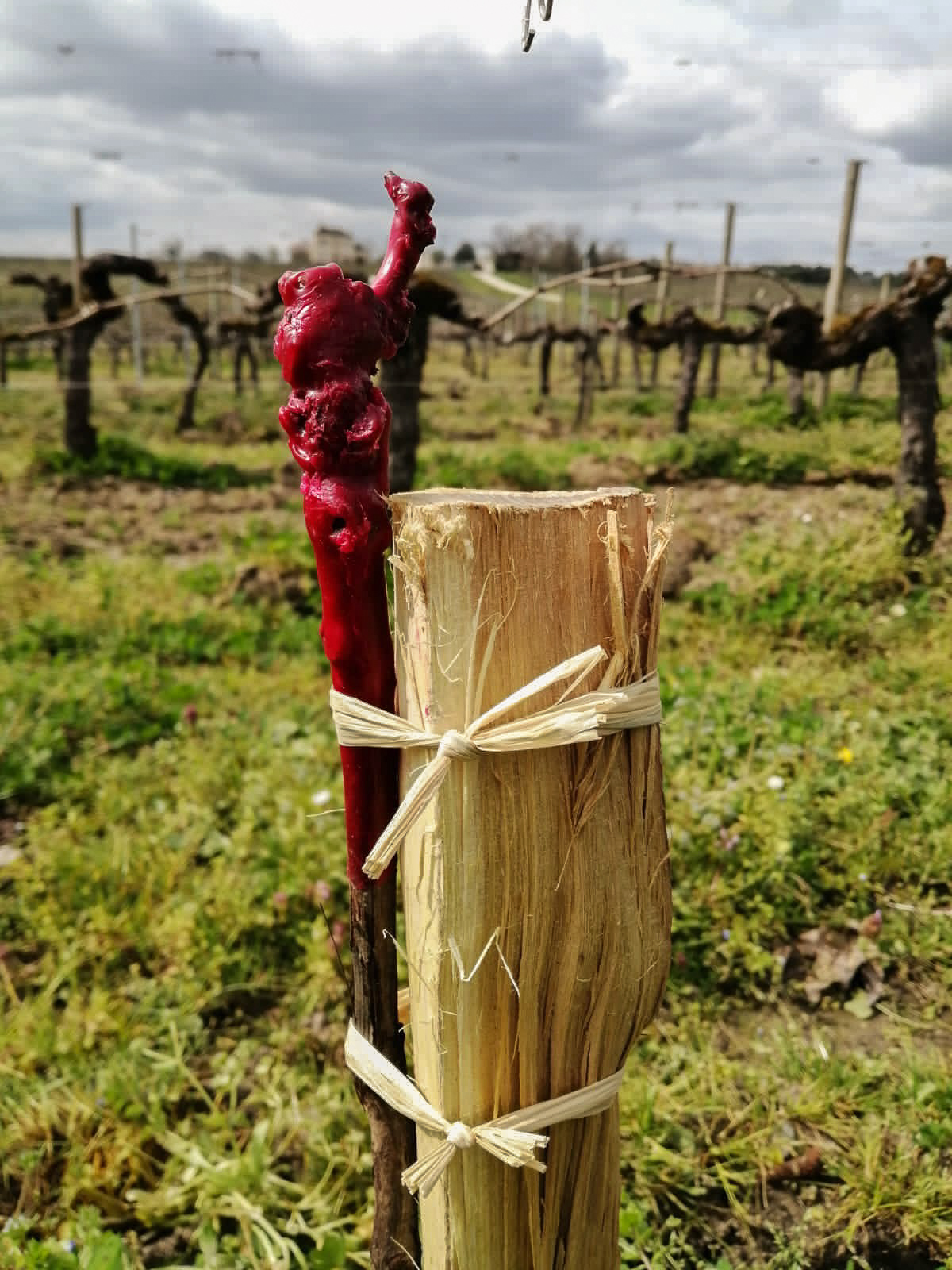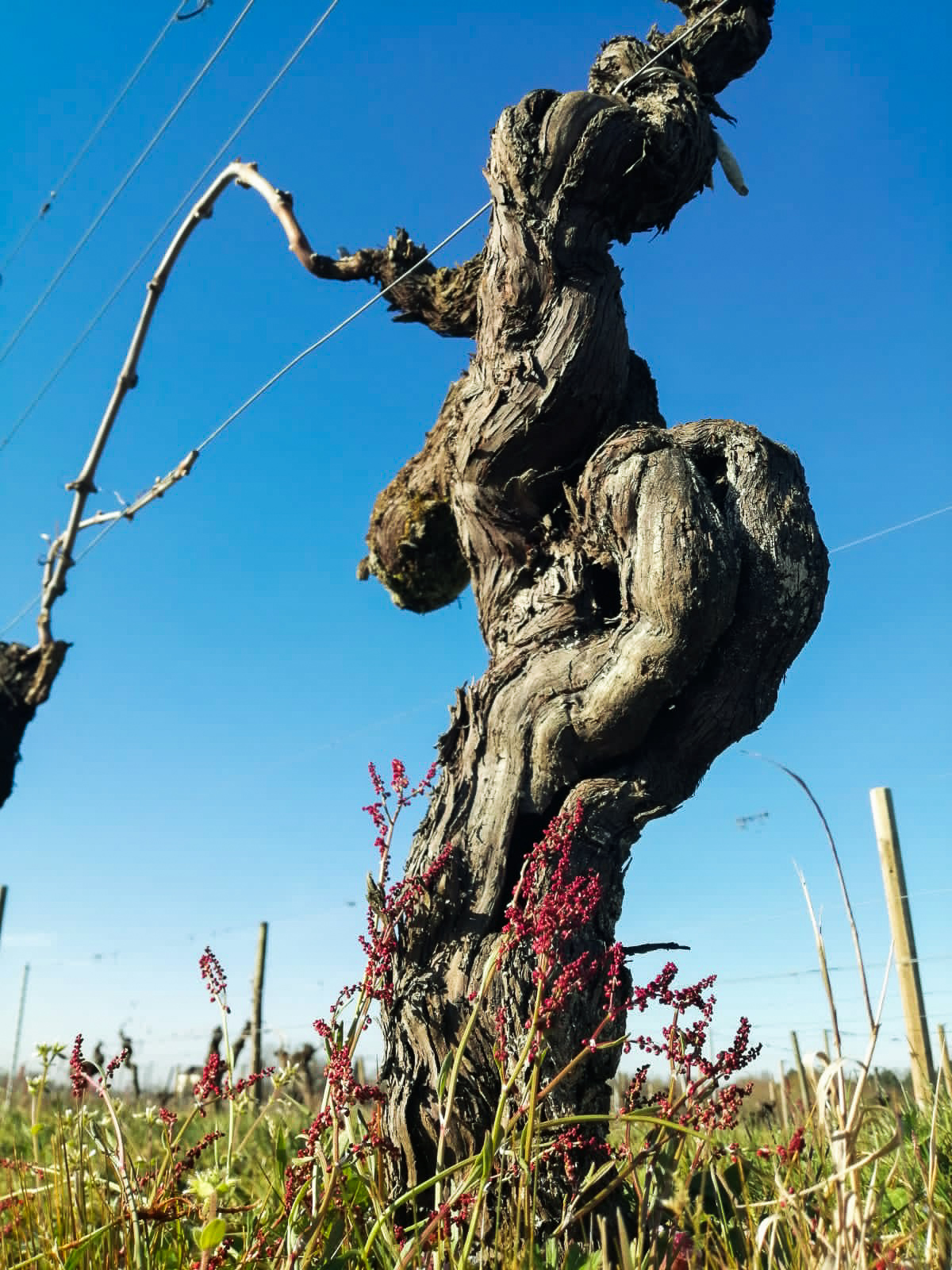



Something old, something new, something borrowed, something blue. The wines vines.
So, not a conventional start to a wine blog about vines. Like most of my other posts, this subject matter has endless possibilities to explore so to keep me focused on specific (and hopefully interesting) facts related to vines, I decided to use the opening wedding mantra as a verbal road map, of sorts.
Something old – wine vines can live for a very long time. The oldest known vines still producing wine were planted over 400 years ago in Slovenia. To give some historical context, when those vines were planted Galileo had just proven that the earth revolves around the sun (useful for wine producers when considering which aspect to plant their vines), The Taj Mahal had recently been completed and the Pilgrims had set sail from mother England heading for the new world to start a new life and eventually a new country (which would indirectly help safe the European wine industry – see “Something borrowed” below).
At the moment there is much debate in the wine fraternity about old vines, with a devoted almost fan club cult developing. With the crescendo of concerning facts and stats around climate change and its impact, accompanied by a production line of insightful Netflix documentaries, no wonder people find comfort in old vines, planted many decades ago when life seemed less toxic and the price of premium wine was more affordable!
The definition of an old vine varies from the Old World to the New World but in my humble opinion anything planted more than 30 years ago deserves to carry the mantle of “old vine”. Fan clubs aside, the reverence of old vines is understandable if not a little misunderstood. While picturesque scenes of majestic vineyards can cast a spell of romantic, artisanal horticulture, artistic close-up pictures of old vines, conjure up admiration for nature’s twisted and gnarled beauty, where old age is celebrated and admired. For the old adage seems to ring true with these old vines, that “older is better”. While not scientifically proven, it is universally accepted that older vines will produce a richer, better quality of wine compared to their output in their earlier, younger stage. Of course all of this is subject to the whims of Mother Nature and the skill of the viticulturist and oenologist. It is also very much dependent on the variety of grape, for some age better than others (the same can be said for classic cars!).
At Château Méaume our oldest vines were planted in 1957. They are Cabernet Franc and are producing rich vibrant wines, which makeup +/-8% of our red wine blend. As ardent supporters and advocates of old vines (fan club membership pending), we will continue to nurture these vines and ensure they continue to produce beautiful wine for many more vintages to come.
Something new – a little known fact about vines is that in a typical vineyard anywhere in the world (which interestingly are all located between the latitudes of 30 and 50 degrees north and south of the Equator) can expect to lose anywhere from 1 to 3% of their vines annually from weather damage, disease and cultural practices. To maintain yields and ensure the continued financial viability of a vineyard, around every 5 years new vines should be planted “to fill the gaps”. Once planted, the new vines will take 3 to 4 years before they start producing harvestable fruit, during which time they need to be cared for and protected as they can be susceptible to frost and animal damage.
Something borrowed – in the late 19th century most of the vineyards in Europe were destroyed by an insect known as Phylloxera, which was accidentally introduced from North America by over enthusiastic Victorian botanists (who are commonly portrayed as carnivore fodder in old Tarzan movies).
These insects attacked the root system of vines which led to their death. Once ensconced, they spread rapidly throughout Europe and by 1889 around 90% of all vineyards on the continent had been destroyed. Just when all seemed lost, a British-born American entomologist by the name of Charles Valentine Riley (great name!) came up with the cunning idea of grafting French vines (Vitis vinifera) onto the root stock of American vines (Vitis aestivalis).
Because phylloxera is native to North America, the root systems of the native grape species are partially resistant to phylloxera. At this point, those still awake will ask “why not use the whole vine from North America instead of just the root stock?” Well the simple answer (and I will try to be tactful) is that at the time North American wines were the next best thing to being awful. Of course the great irony of this spliced transatlantic solution is that eventually, North American vineyard owners would get their hands on these vines with the great wine producing French vines grafted onto “their” rootstock and once planted in their own vineyards would dramatically improve the quality of their own wine! Merci Buddy!
So in summary, the root stock of the French vine is “borrowed” and this continues to be true even today.
Something blue – while I have not yet come across or learnt anything about red wine vines having an association with being blue, for the moment the best I could come up with here is the fact that, as part of the grapes development on the vine, during the “véraison” stage, they turn from green to blue. Not exactly viticulture rocket science, however easily over looked when you consider that red wine is well, red. Of course as the grapes go from the véraison stage to the ripening stage, their skins turn red from the sun and are soon ready for harvesting. And it is the red skin that gives wine its colour, when it is maturated (soaked), fermented and pressed with the grape juice. But will leave the subtleties of wine making for another Blog.



